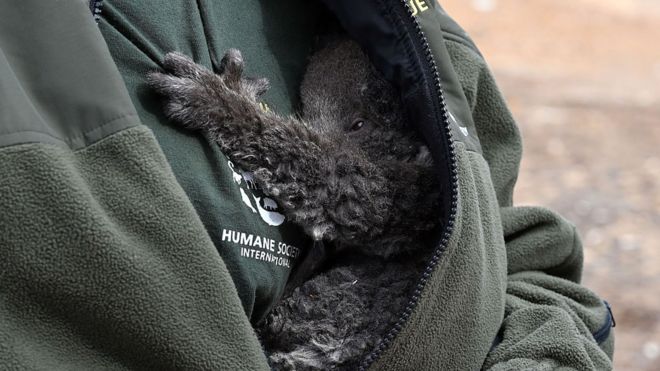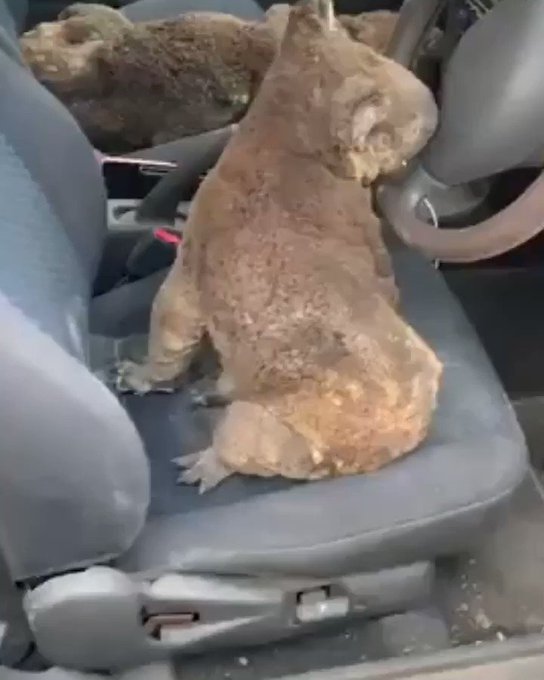A Prayer for Australia
"Tomorrow will be the peak of the heat wave in [New South Wales] with some areas expected to reach extreme heat wave conditions."
New South Wales state Rural Fire Service
"This fire may become very unpredictable. It may become uncontrollable."
"The combination of extreme heat, wind, and a dry landscape will place suburbs in Canberra's south at risk."
Andrew Barr, chief minister, Australian Capital Territory
 |
| Tens of thousands of farm animals, mainly sheep, were also killed in the fire on the island. Getty Images |
Australia has become hell on Earth. Temperatures above 40 Celsius had emergency officials urging people to prepare for fires in areas of the south-east. Included were hundreds of miles of coast south of Sydney, areas that have been badly hit in months of blazes before this anticipated event recurring. Which saw authorities warning of severe fire danger in densely populated areas, declaring a state of emergency in Canberra, due to soaring temperatures and strong winds, and the resulting unpredictability of bushfires.
To the present, in the last several months and more the bushfires have killed 33 people. An estimated one billion native animals have been destroyed since September. Over 11.7 million hectares of land have been razed, with approximately 2,500 homes destroyed. In 2003 when the first state of emergency in the face of fatal wildfires occurred, Australia saw four people killed with about 500 houses destroyed. The current situation is that much more extreme.

Authorities took greater powers to order evacuations, close roads and take control of property, once the state of emergency to last 72 hours was announced. Heat wave conditions are expected in Victoria state, adjoining New South Wales and Australian Capital Territory. Glaciers in neighbouring New Zealand have turned brown, as a result of smoke settling over them, from the blazes in Australia. Volunteer firefighters have poured into Australia from all over the world in a massive battle to control the wildfires.
 |
"They just keep arriving. There is nowhere else that has the facilities to hold these animals or this many at the moment."
"There are a couple with burn injuries and the rest have come from completely burnt habitat and they are quite skinny."
"These injured animals have been very stressed. They have gone through a bushfire but they are doing well. They are eating well and have calmed down a lot."
"You need to know something about koalas to feed them, otherwise you can unintentionally starve them. Koalas also don't drink a lot of water and if a koala takes water they may be stressed."
"If you are not aware of their habits you might not even realize that you are not feeding them appropriately."
Dr.Karen Ford, researcher, koala nutrition expert, Australian National University (ANU)
Labels: Animal Welfare, Australia, Bushfires, Destruction, Firefighting


<< Home